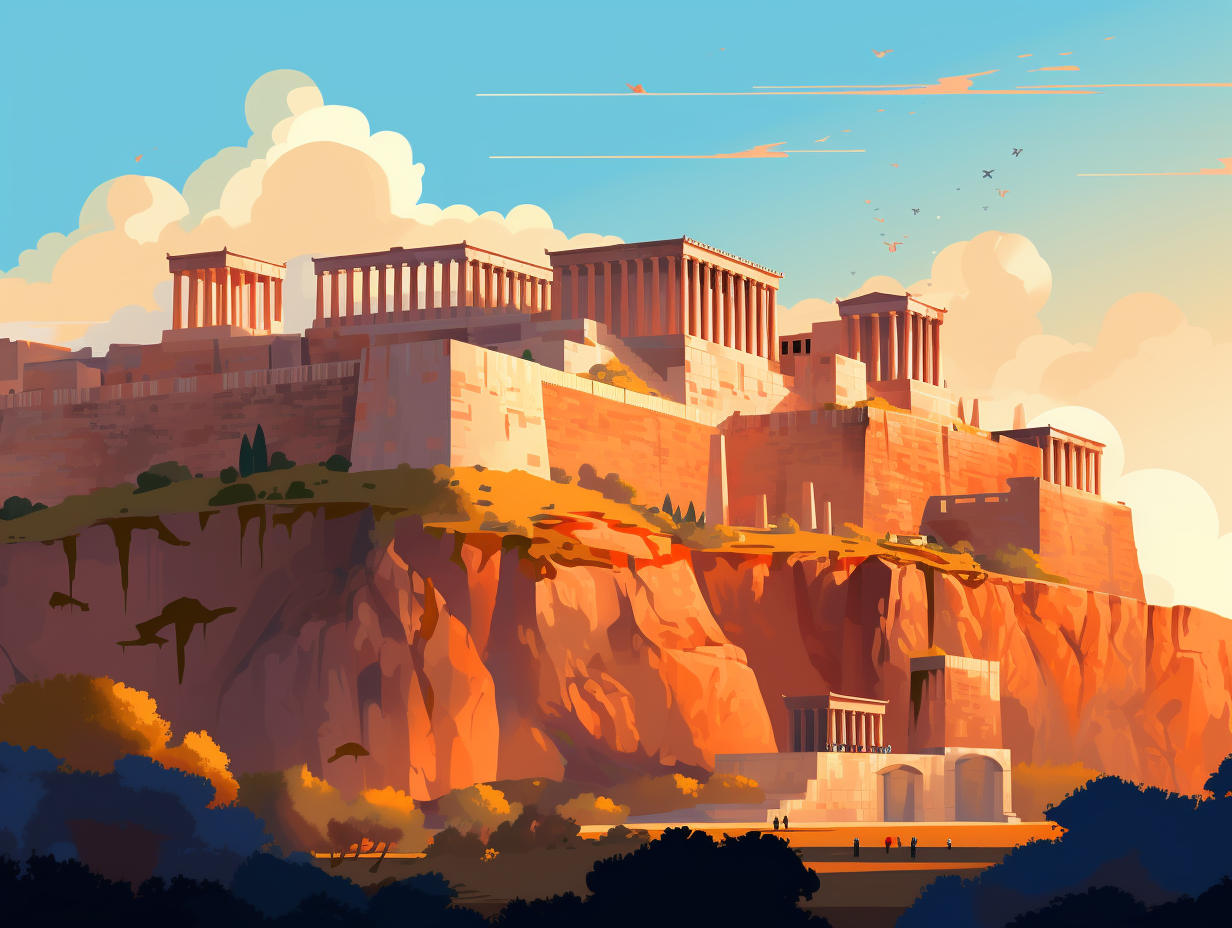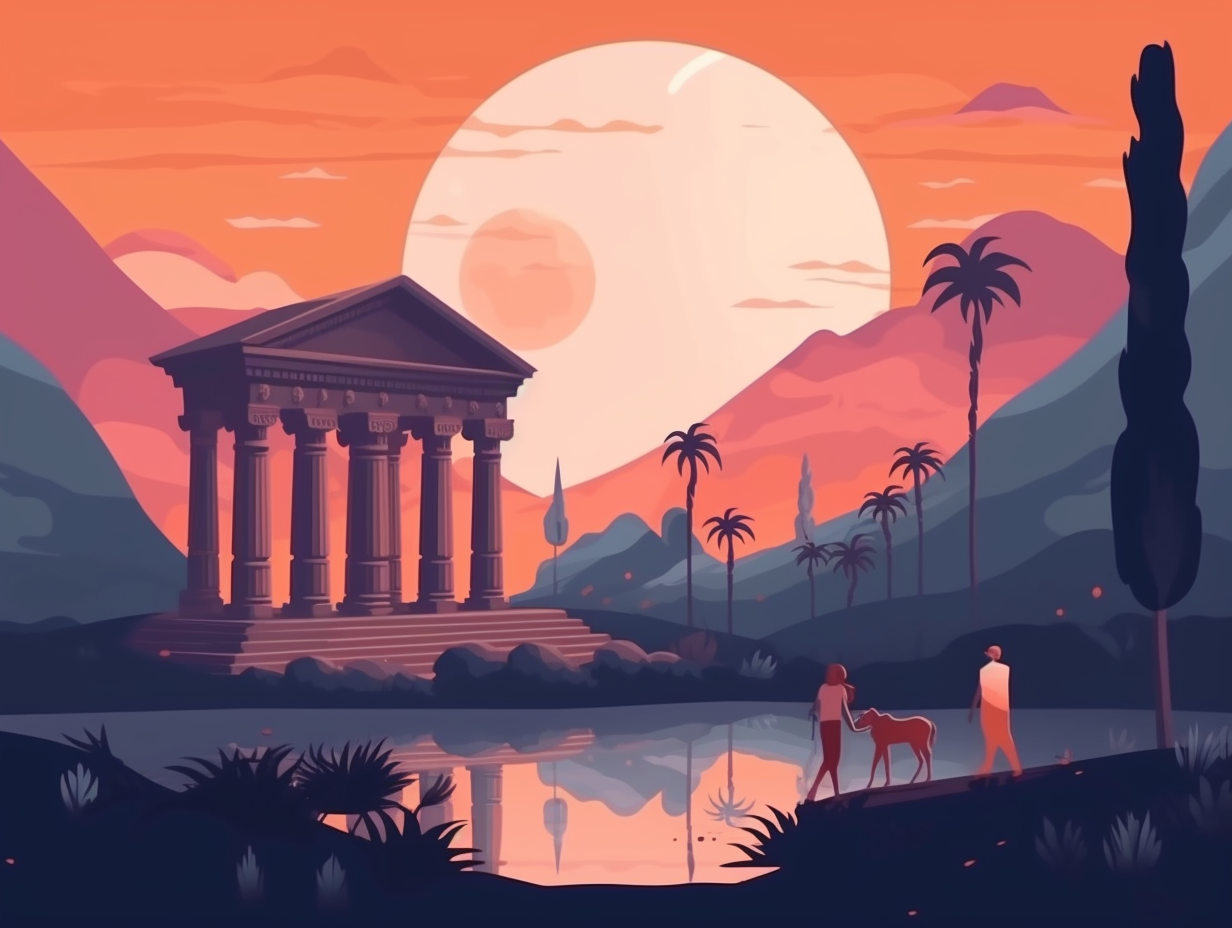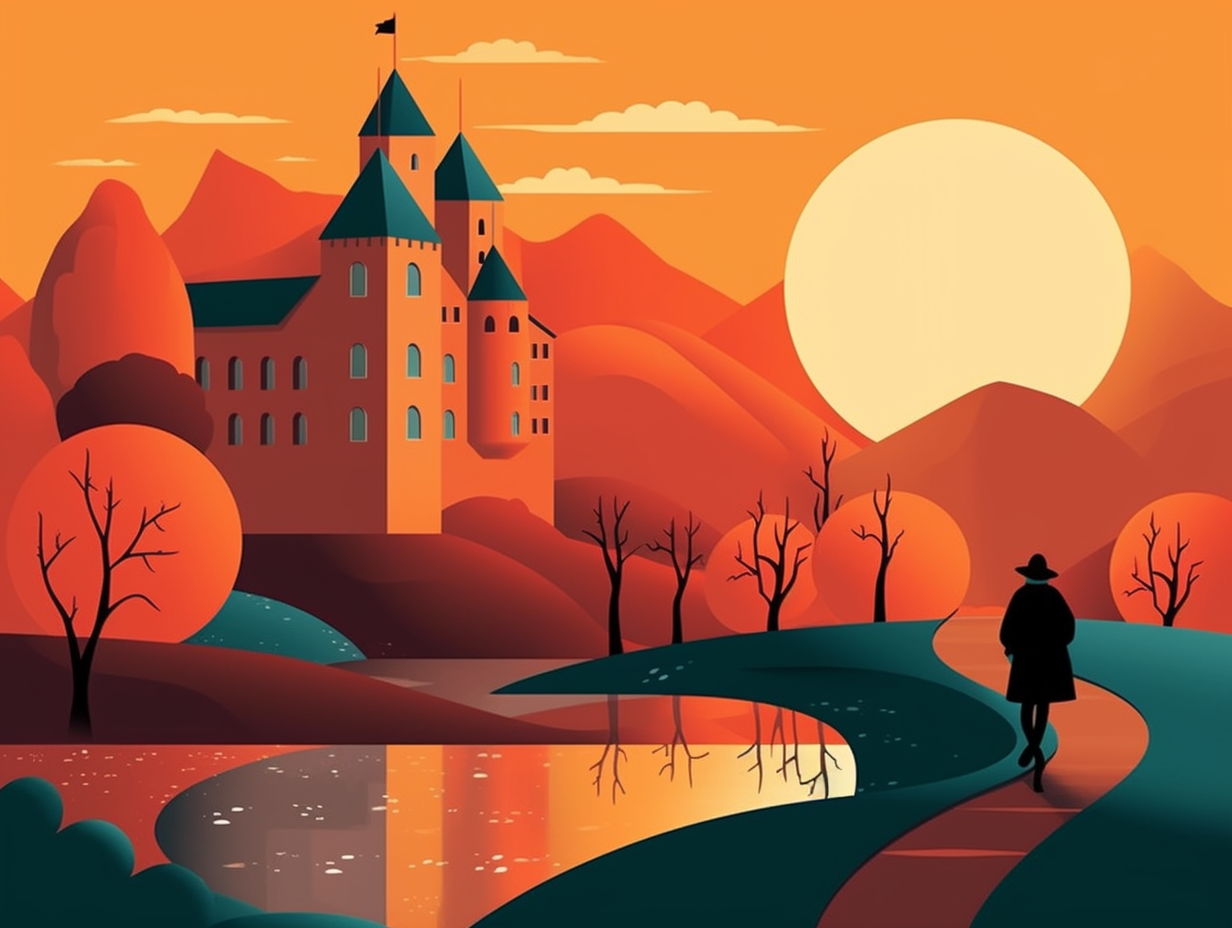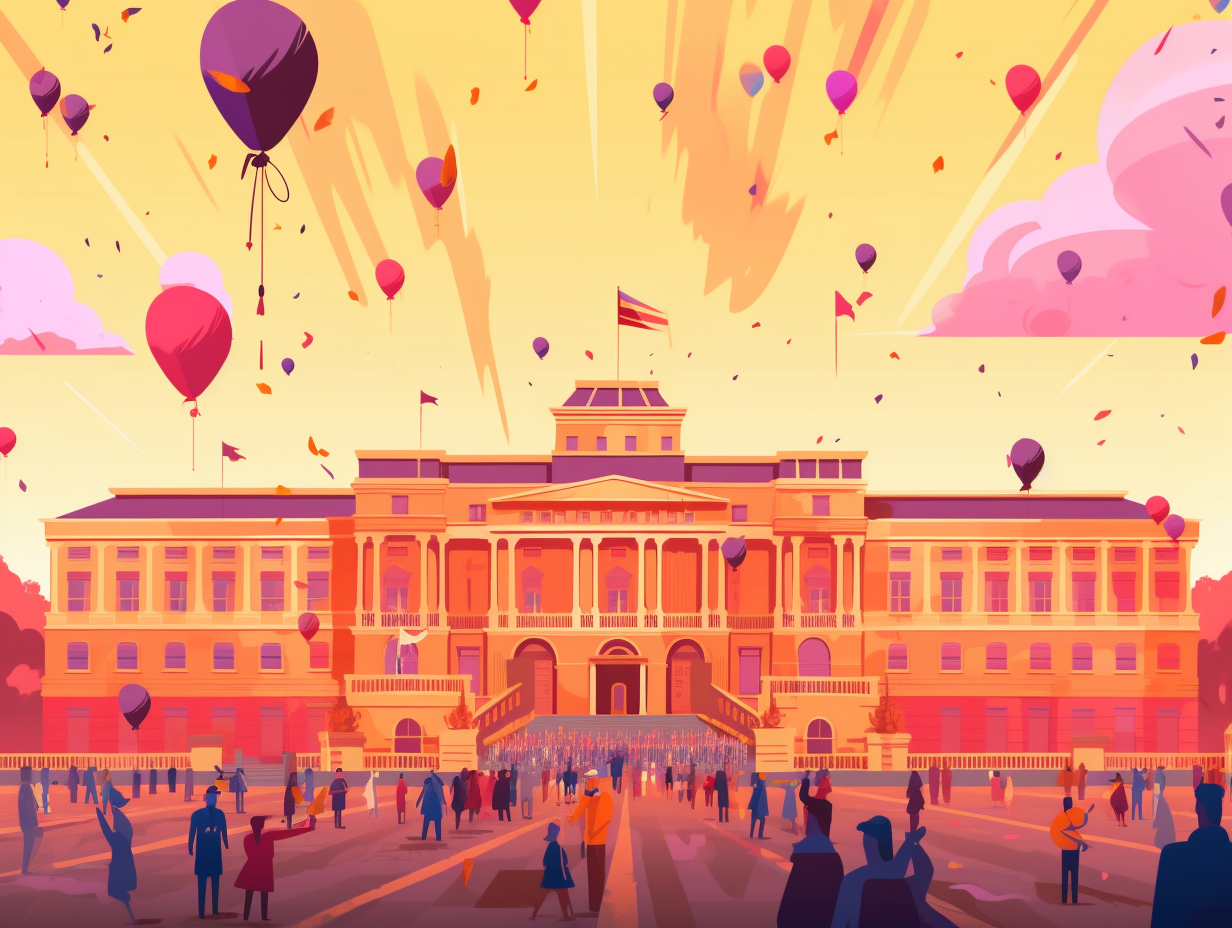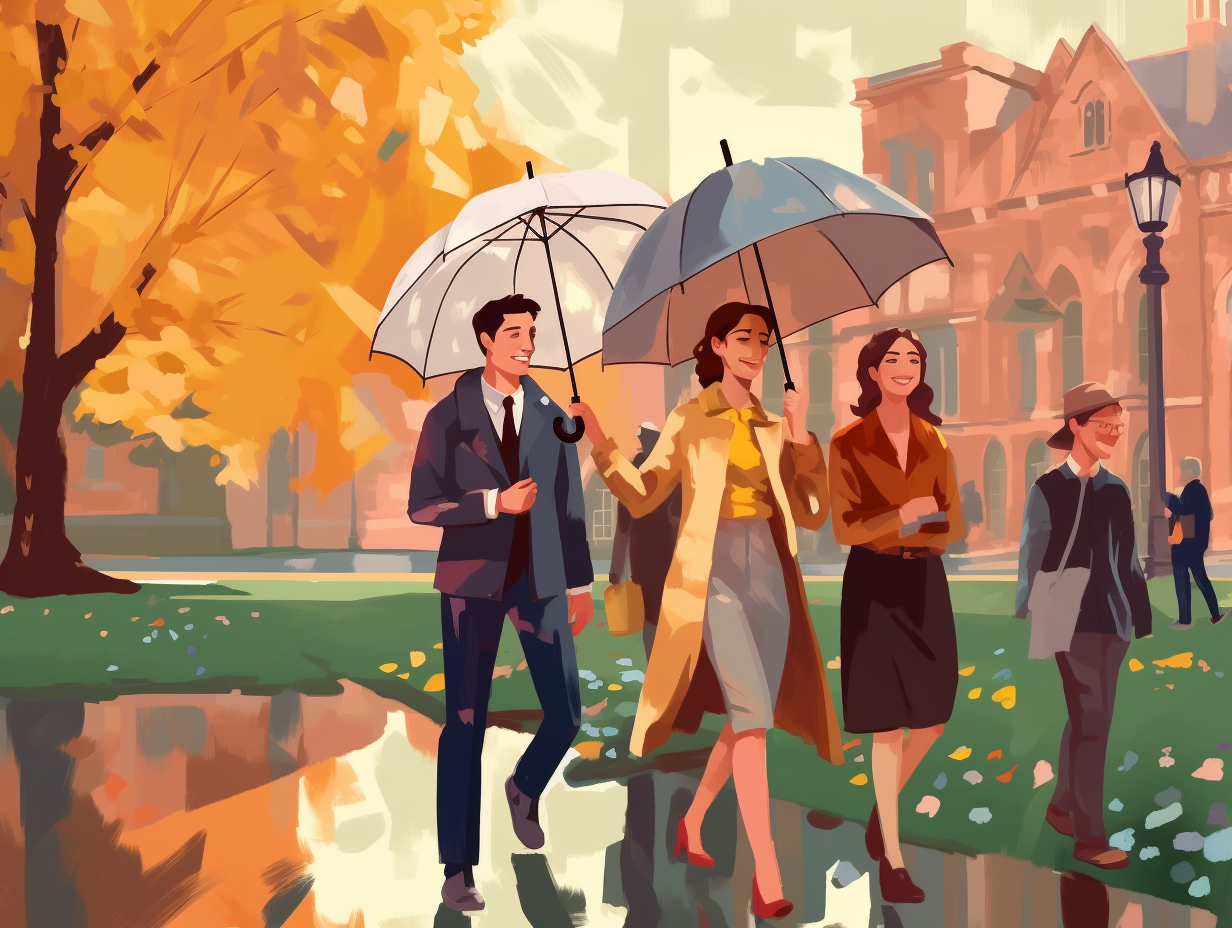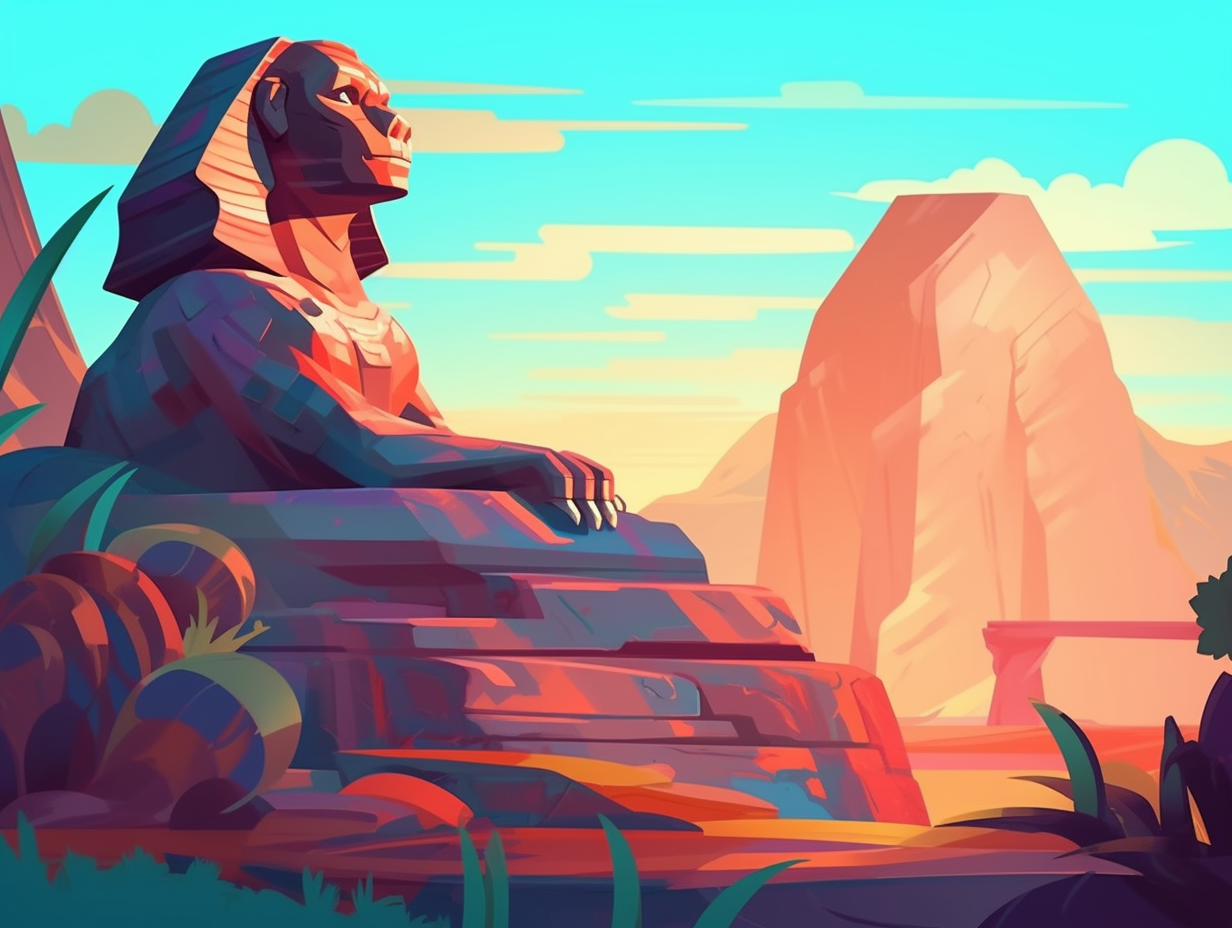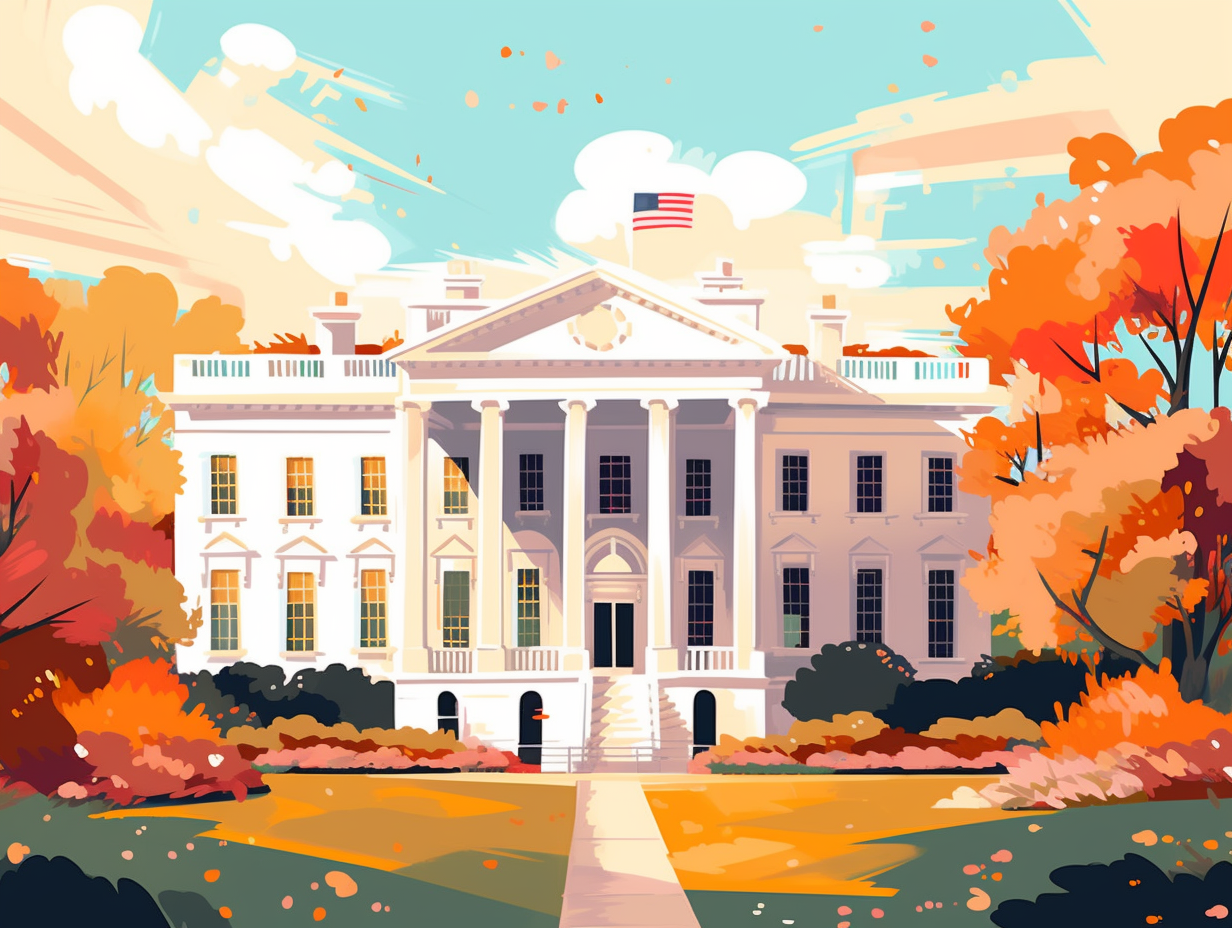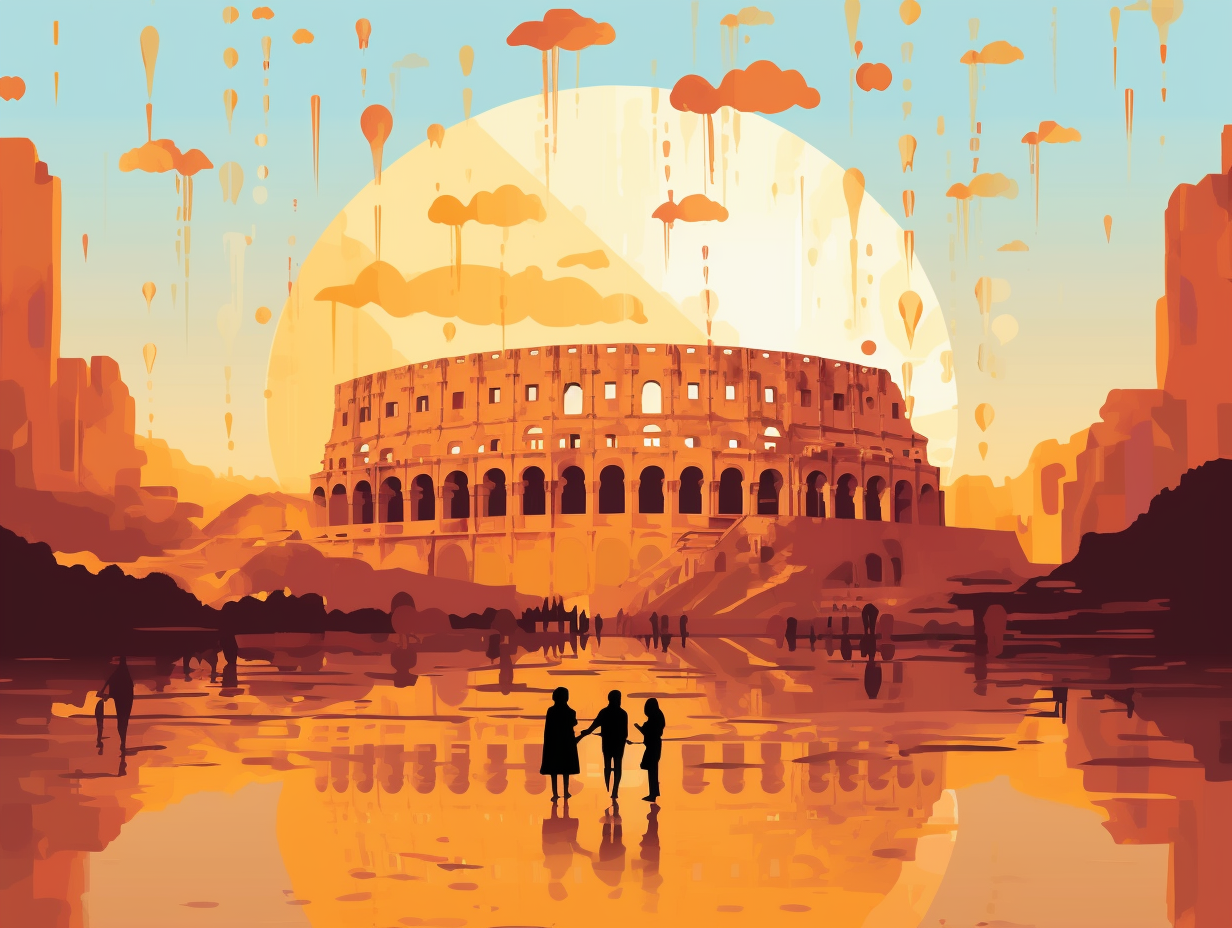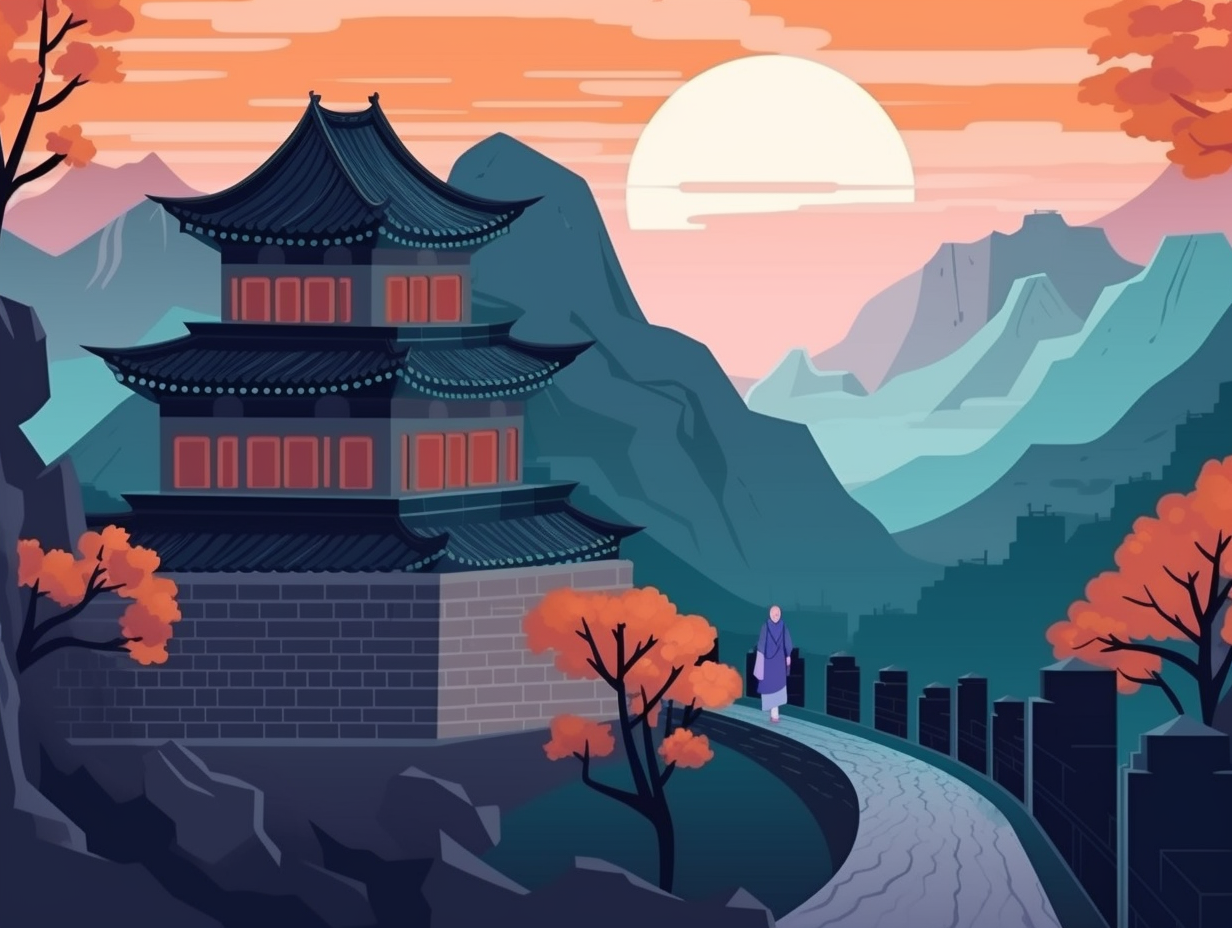Discover the Wonders: Top 8 Fun Facts About Greek Architecture You Never Knew!
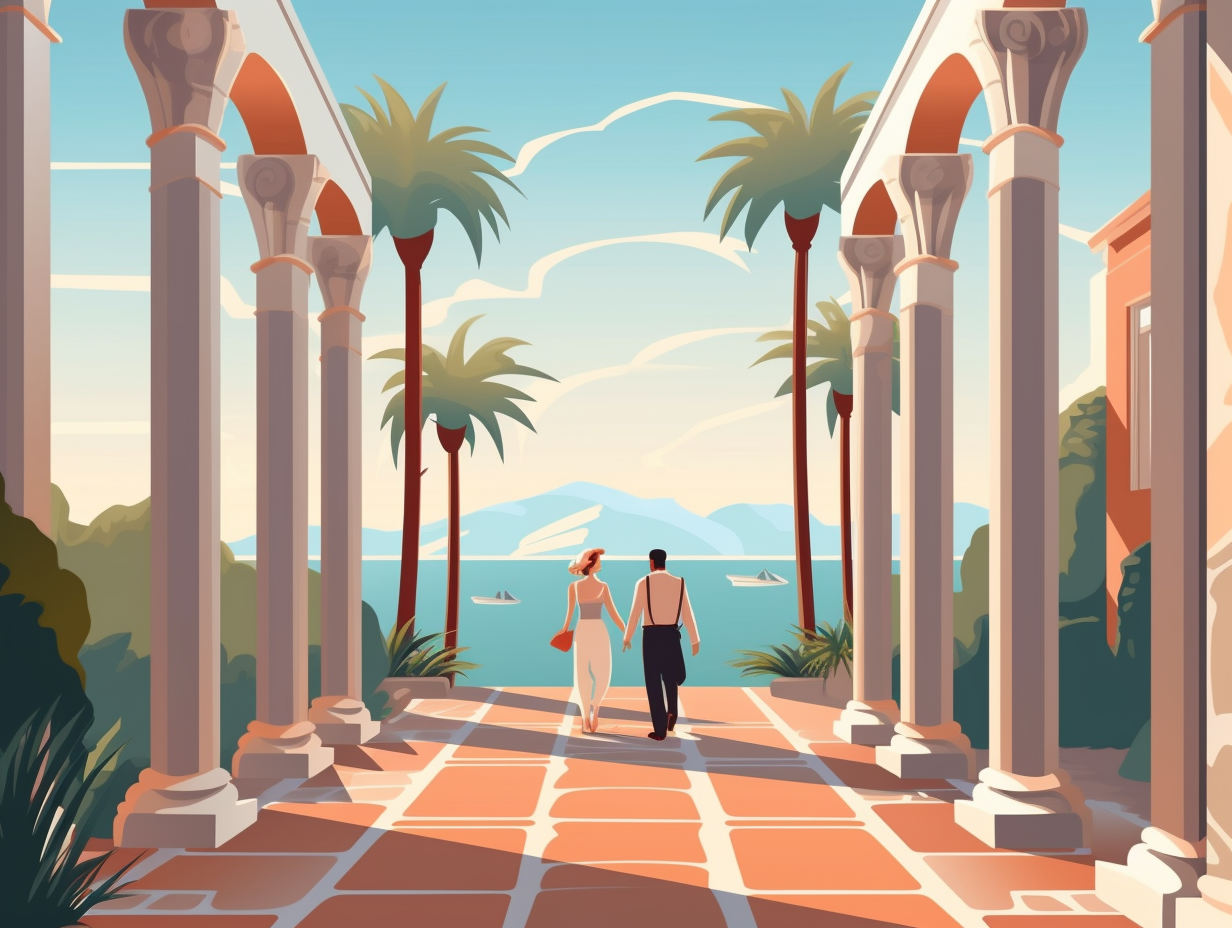
1. Athena's Millennia-Old House Party
When Athena threw a Grecian house party in 447 BC, she certainly didn't expect her décor to still be making waves millennia later: The Parthenon Sculptures, created between 447BC and 432BC, are now split between the British Museum and Athens, thanks to Lord Elgin's legally-approved art shopping spree in the early 19th century, with ongoing partnership discussions between the museums to ensure their wide public accessibility.
Source => britishmuseum.org
2. Greeks: Masters of Optical Illusions
It's all Greek to the naked eye, but their architects knew a secret or two about bending the rules: Ancient Greeks used optical refinements such as curvature in their temple designs and column shaft entasis to counteract visual perception distortions, like the sagging effect seen in long horizontal lines, as demonstrated in the Classical Parthenon in Athens.
Source => en.wikipedia.org

Did you know the Parthenon's marble blocks were held together with iron clamps and molten lead, much like dental fillings? Learn how modern "orthodontists" are now saving this architectural wonder!
=> Fun Facts about The-Parthenon
3. Toga-Wearing DIY Architects
Ancient Greek architects weren't exactly DIY weekend warriors with their togas hitched high, slapping together Parthenon parts with a handful of dowels and clamps from ye olde local hardware store: In reality, mortar played a crucial role in Greek architecture, along with materials such as stone, wood, clay, and metal, while dowels and clamps were used to reinforce walls and door hinge systems but not as a replacement for mortar.
Source => learnmore.ancienttemple.ysma.gr
4. Outdoor Living Spaces - The Greek Edition
Before the Kardashians introduced us to the concept of "outdoor living spaces," the ancient Greeks had it going on in their courtyards: These private open-air spaces, located smack dab in the heart of their homes, were where Greek families would gather to sew, cook, and tell stories, while the men entertained their buddies in man-cave-esque rooms called androns. Contrary to popular belief, Greek houses weren't attached at the hip with no room for yards or fences.
Source => study.com
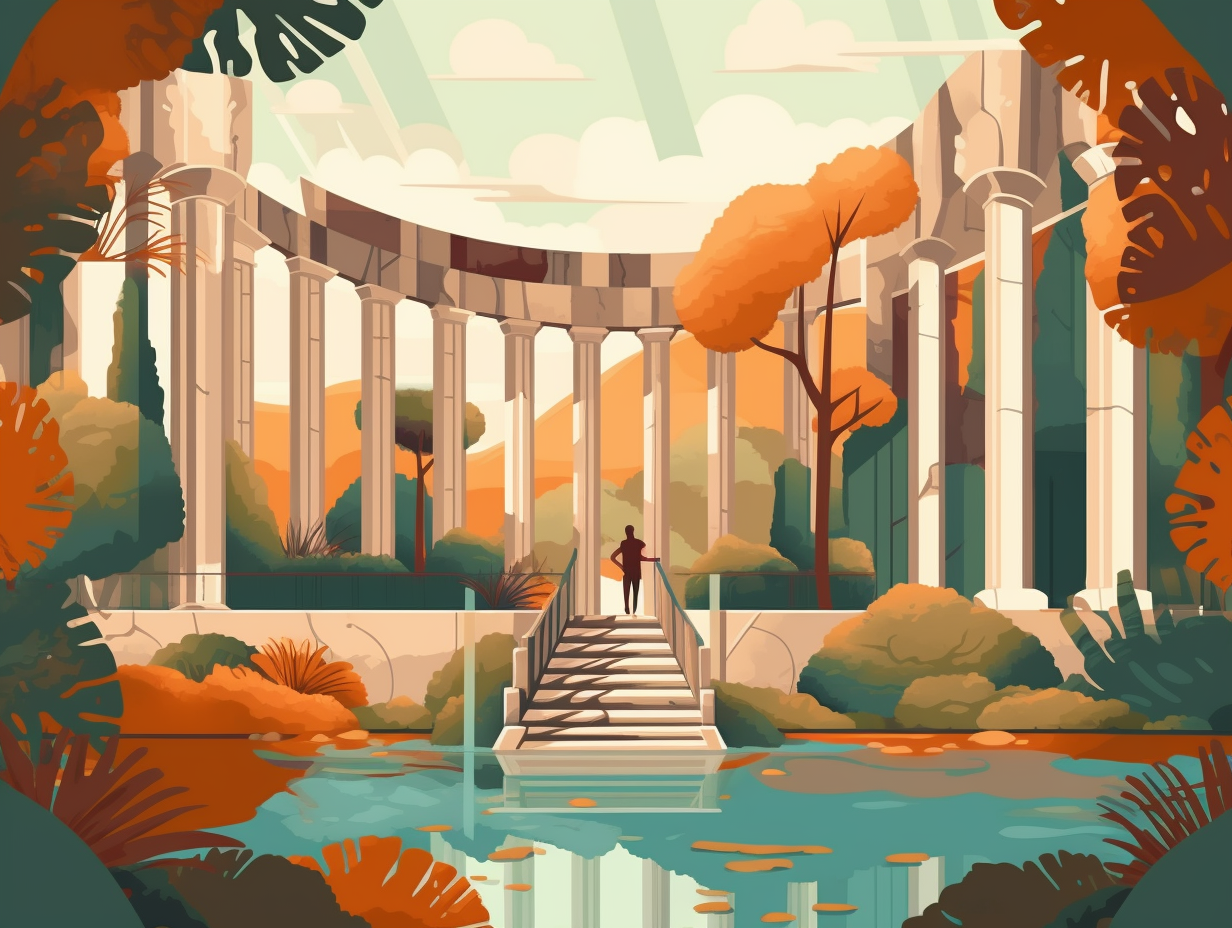
5. Greek Temples: Deity Houses with a No-Prayer Zone
Knock, knock, who's there? Not the ancient Greeks in their temples! That's right, these structures weren't made for prayerful pow-wows with a deity: Greek temples were actually built as giant houses for deity statues, with religious sacrifices and rituals taking place outdoors in the sanctuary precinct. And don't even think about getting up close and personal with that deity statue – the surrounding colonnade was more of a hangout spot for visitors and cult processions!
Source => en.wikipedia.org
6. Ancient Greeks: Dabbling in the Art of Color
Did the ancient Greeks just love blue with a passion, or were they always feeling a little cold, even with those togas? Surprisingly, they brought color to their architectural masterpieces using hues of blue, green, and red: The Greeks skillfully employed a variety of pigments, such as lapis lazuli, iron oxides, and lead-based pigments, in their wall paintings and even utilized gold leaf and unique polychromy techniques for their ancient sculptures, shedding new light on their architectural prowess.
Source => cairn.info
7. Greek Jenga: Architectural Excellence Edition
If the ancient Greeks played Jenga, they'd be unbeatable, thanks to their architectural prowess: Greek architecture, epitomized by the awe-inspiring Parthenon, brilliantly showcases harmony in its proportions, symmetry, and intricate details, and features iconic elements such as columns, capitals, friezes, pediments, cellas, and Propylea.
Source => byjusfutureschool.com
8. Andron: Greek Bro-asis and Couch Surfing Origins
"Couch surfing, Ancient Greek style: The andron was a specific room in Classical Greek homes designed for men-only hangouts and symposia, featuring couches, pebble mosaics, and binge wine-drinking sessions that sometimes ended in drunken chaos and property damage."
Source => ecampusontario.pressbooks.pub
Related Fun Facts

